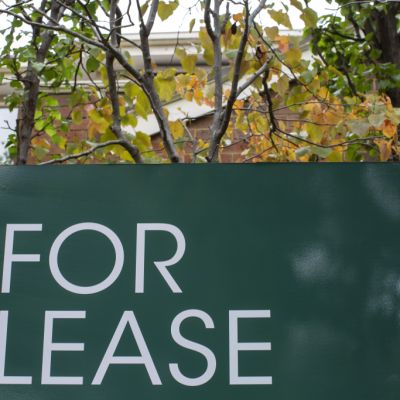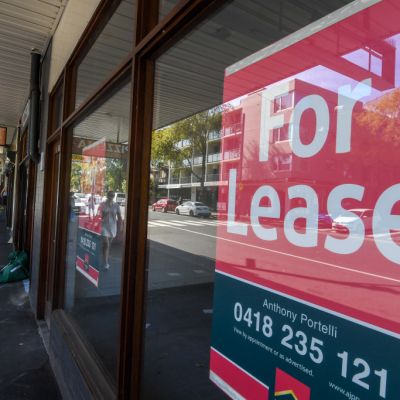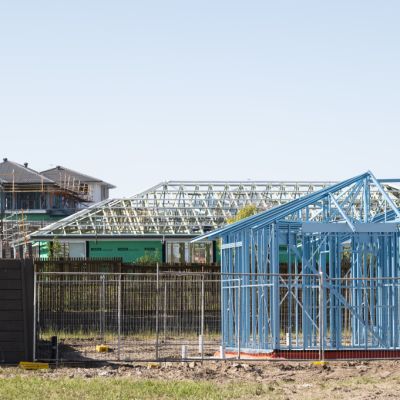November rental vacancy rate: Melbourne, Sydney vacancies rise further
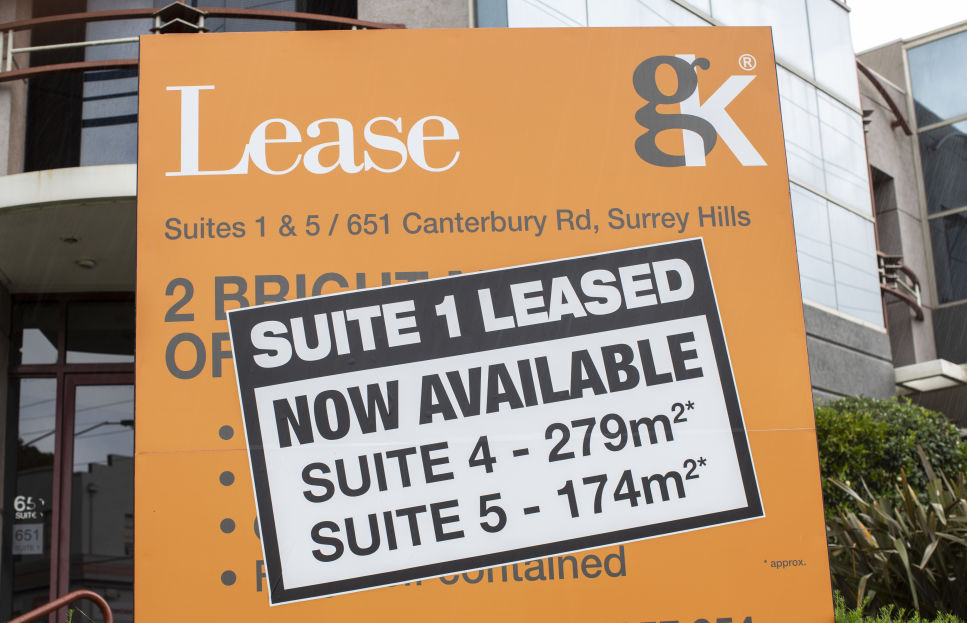
Rental vacancy rates continued to climb in November in Sydney and Melbourne, but the rental market is beginning to stabilise after its pandemic-induced shock, new data shows.
Rising vacancy rates are not expected to blow out further as interstate borders re-open and former short-stay rentals that had been tipped into the private rental market return to holiday use.
Vacancies are highest in the apartment-heavy major CBDs, in stark contrast to the situation in holiday hot spots and smaller cities such as Hobart and Canberra where potential tenants are struggling to find homes.
Melbourne’s overall vacancy rate rose to 4.8 per cent in November from 4.7 per cent a month earlier, Domain rental vacancy rate data released on Wednesday revealed. It’s the highest in the country and comes after months of lockdown to stop the spread of COVID-19.
Sydney’s vacancy rate rose to 3.4 per cent in November, from 3.3 per cent the month before, while Brisbane had a slight fall in vacancies to 1.9 per cent down from 2 per cent in October.
Australia’s other capitals had vacancies remain extremely tight, with rates in Hobart, Perth, Adelaide, Canberra and Darwin holding below 1 per cent, as residents stayed put.
Rental vacancy rates November 2020 – National
| Capital city | November 2020 | October 2020 |
| Sydney | 3.4% | 3.3% |
| Melbourne | 4.8% | 4.7% |
| Brisbane | 1.9% | 2% |
| Perth | 0.8% | 0.8% |
| Adelaide | 0.8% | 0.7% |
| Hobart | 0.5% | 0.6% |
| Canberra | 0.7% | 0.9% |
| Darwin | 0.9% | 0.7% |
| National | 2.1% | 2.1% |
Source: Domain rental vacancy data, November 2020
Part of the latest increase in Sydney and Melbourne vacancies was explained by regular seasonal fluctuations as tenants came to the end of their leases, Domain senior research analyst Nicola Powell said.
Dr Powell expected vacancy rates to fall into next year, although they would not return to normal levels for some time.
“Vacancy rates in Sydney and Melbourne will remain elevated, I think, until the international borders re-open and foreign students get back to Australia,” Dr Powell said.
The data showed the CBDs and inner suburbs of Sydney, Melbourne and Brisbane had felt the brunt of COVID-19, where vacancy rates remained higher than usual, she said.
In comparison, regional suburbs and popular holiday spots, where people had fled during the worst of the coronavirus, were having extraordinarily tight vacancy rates.
Separate research showed the marked impact of even a small number of short-stay rentals being tipped back into the private market.
The number of short stay rentals fell by 14 per cent in Sydney and 22 per cent in Hobart, with many ending up on the private market, while rents dropped by 9 per cent in both cities, a study by the Australian Housing and Urban Research Institute released on Wednesday found.
“Only small changes in Airbnb listings – about 160 properties in Hobart – can have such a large impact on rents,” said Professor Peter Phibbs, of the University of Sydney at the School of Architecture, Design and Planning.
The fall in rents and larger coronavirus payments like JobKeeper and JobSeeker had improved the lives of many people on a low income.
“This is a lesson from the pandemic,” Professor Phibbs said. “Just a small change to the market and giving people a decent Centrelink payment will change people’s lives for the better.”
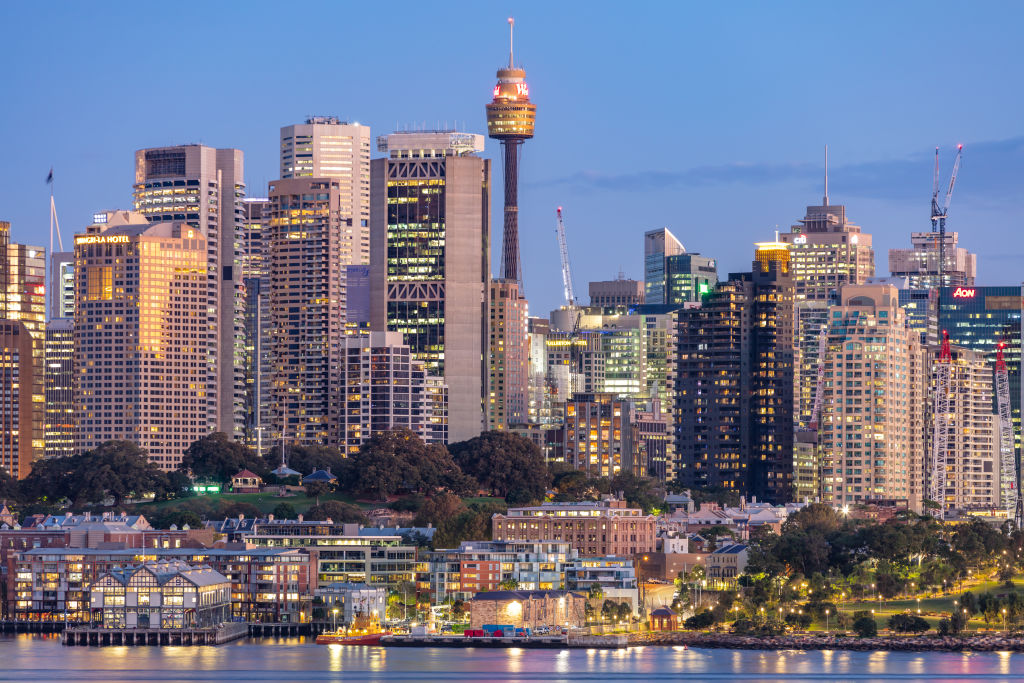
Melbourne CBD’s vacancy rate was still at a sky-high 14.4 per cent last month, the highest in the country, though down on the peak of 14.6 per cent recorded in October.
It was followed by Stonnington West and East which include the ritzy suburbs of Toorak, South Yarra and Malvern and likewise saw a jump in vacancy rates to 8.7 per cent and 7.1 per cent, respectively.
By contrast, on the beachside the Mornington Peninsula, where many of Melbourne’s well-heeled fled earlier this year, people would have trouble finding a home because of a vacancy rate of just 0.3 per cent.
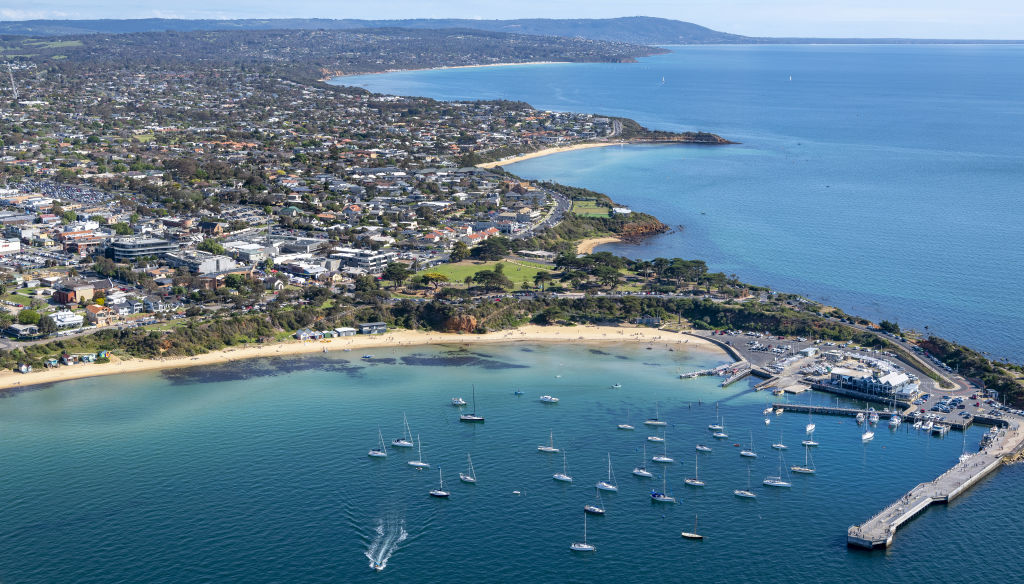
The NSW figures tell a similar story, with rental markets tighter in regional areas than inner Sydney.
The inner city recorded a 5.2 per cent vacancy rate in November, down from its April peak of 5.8 per cent.
But in the tree change hot spot of the Blue Mountains, the vacancy rate was just 0.4 per cent.
Likewise in inner Brisbane, 6.3 per cent of rentals were still vacant, down from a peak of 8.3 per cent in June.
On the Gold Coast, Coolangatta, the Gold Coast hinterland and Nerang clocked vacancy rates of between 0.3 and 0.5 per cent.
The impact of the lockdown, particularly in Melbourne, has been significant in the inner city, where rents have fallen by as much as 40 per cent this year, Harcourts Melbourne City director Dionne Wilson said.
Rents had fallen across the board, though it depended on the type of property and whether or not it was furnished, she said.
“Landlords are reluctantly accepting it,” Ms Wilson told Domain.
While the vacancy rate is high, Ms Wilson said there was positivity returning to the rental market, with November seeing more leases signed than in the previous three months.
“We’re not full steam ahead yet but we feel we’ve turned a corner,” she said. “The last 10 days we’ve definitely seen a return to the market for renters in the CBD, especially as hospitality and retail centres reopen and office workers return.”
Westpac senior economist Matthew Hassan said rental vacancy rates were stabilising showing the slow move towards recovery, with the next steps seeing whether people who had moved regionally would move back to the city.
“The data I’ve seen around this is that regions in general have had very low vacancy rates and not just the coastal boltholes but inland as well,” Mr Hassan said.
We recommend
We thought you might like
States
Capital Cities
Capital Cities - Rentals
Popular Areas
Allhomes
More
